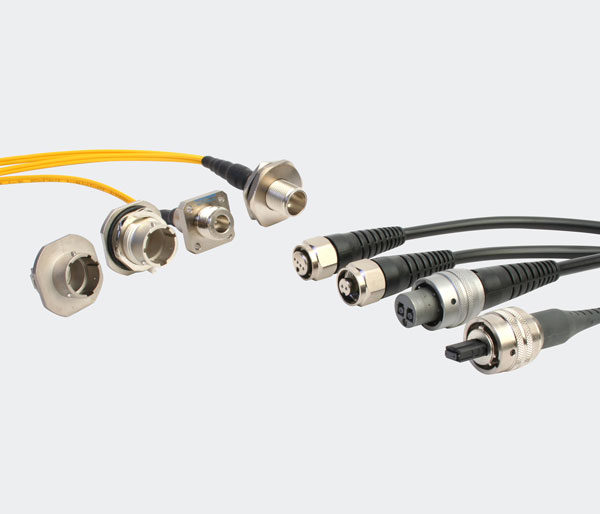According to foreign media reports, sources have revealed that the semiconductor manufacturer Nvidia’s acquisition of chip maker Mellanox has been approved by China.
According to foreign media reports, the approval will not include the “separate hold” requirement, currently waiting for signature. Last month, foreign media reported that the approval was nearing completion, but the two companies will be required to maintain independent R&D departments for several years.
Nvidia announced in March last year that it would acquire Mellanox for $ 6.9 billion in full cash. When the acquisition plan was disclosed, the two companies had reached a final agreement. This transaction will be the largest acquisition in NVIDIA’s history and will boost its data center chip business.
Nvidia is known for its powerful gaming chips, and also provides chips designed to speed up the processing of artificial intelligence (AI) tasks such as teaching servers to recognize images. Mellanox produces chips for connecting servers inside data centers.
Nvidia purchases Mellanox because of its capabilities in data center technology. NVIDIA hopes to strengthen its data center and artificial intelligence business through this acquisition transaction, and then better compete with other competitors such as Intel. After the acquisition is completed, Nvidia’s strength in high-performance computing and cloud computing will be further enhanced.
Previously, this acquisition has received unconditional approval from the US regulator and the European Union. Now, the transaction has been approved by China.
Mellanox was founded in 1999 and is headquartered in Sunnyvale, California and Yokneam, Israel. The company is a provider of end-to-end Ethernet and InfiniBand intelligent interconnect solutions and services for server, storage and hyper-converged infrastructure. In China, the company has large customers such as Alibaba and Baidu.
Mellanox’s interconnection solution improves the efficiency of the data center by increasing throughput and reducing latency, transmitting data faster, and releasing system performance.




